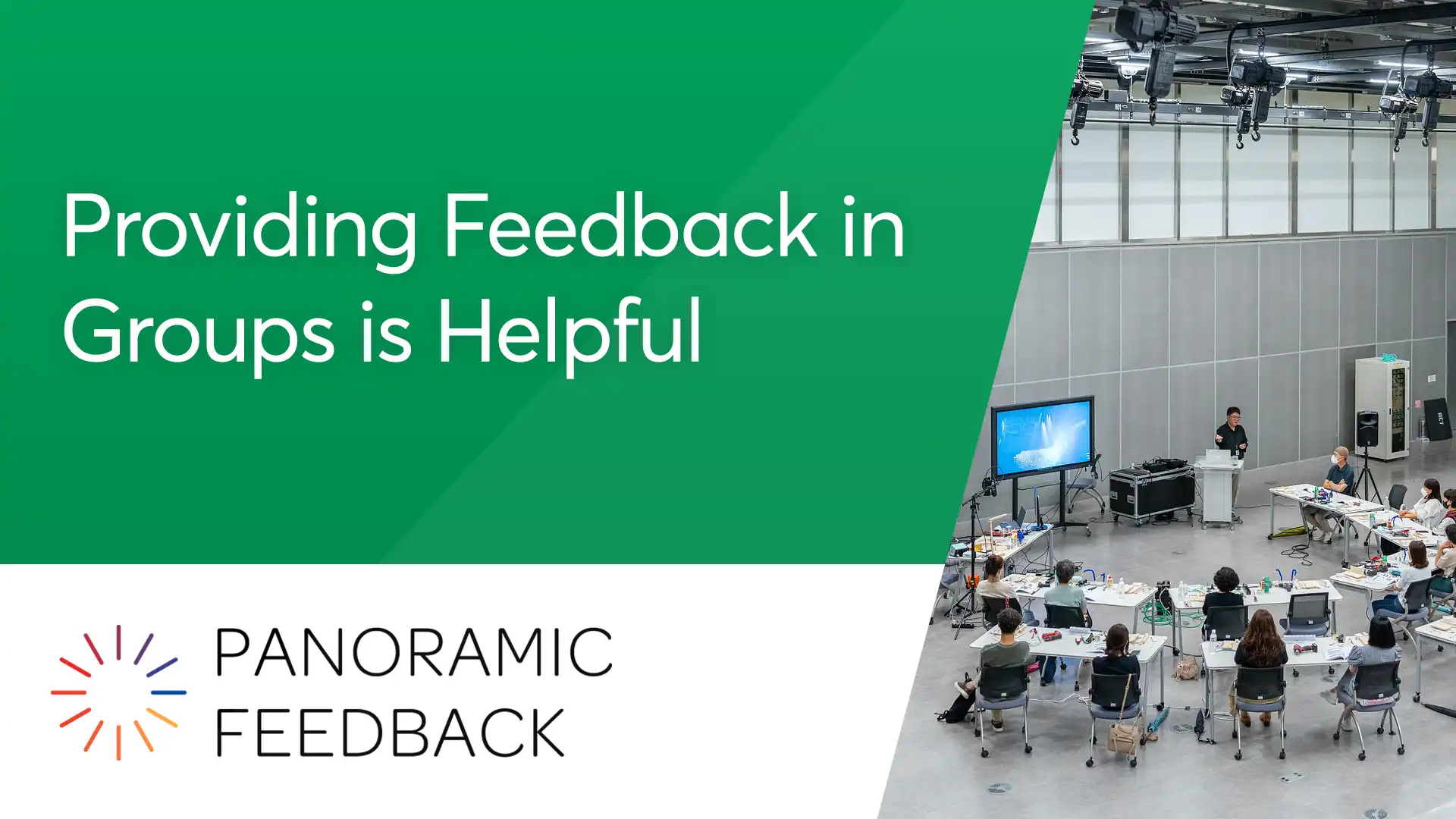The optimum way to provide 360-degree feedback reports is with other people around.
When a person receives a report in isolation, they may be delighted by the feedback. But if they encounter critical comments, there’s also a significant risk of fear and despair.
That’s difficult enough, but what makes it harder is that there’s no one to help them see past their anxieties to the opportunities of positive change.
Here are two better scenarios.
One-on-one
In this case, the intermediary could be the person’s supervisor, a coach, or an HR or OD consultant.
Ahead of time, this person has studied the report to understand the perceived strengths and weaknesses of the subject. They have also examined the perspectives of various responder groups, to see whether the subject relates more effectively up, down, or sideways.
They then meets privately with the subject, presents the report, and allows time for the subject to read it, before they discuss it.
Often they’ll plan a second meeting, to look at the report in more detail.
Group feedback
An excellent alternative is to present reports to a group of subjects at the same time.
The intermediary provides plenty of physical space between them for privacy. They hand out the individual reports, and guides participants through their common features.
After giving them a few minutes to read their own reports, they offers to answer questions. Although the questions are usually more general than personal, an important message is conveyed here: that no one gets a “perfect score”, and it’s ok to have uncertainties.
Finally, the intermediary tells participants how they can get access to coaching. While this is reassuring for everyone, it can be crucial information for subjects who are confused or anxious.
While each method has its own strengths, both enable practitioners to increase the ROI of 360-degree feedback by developing supportive links with the people being assessed.


